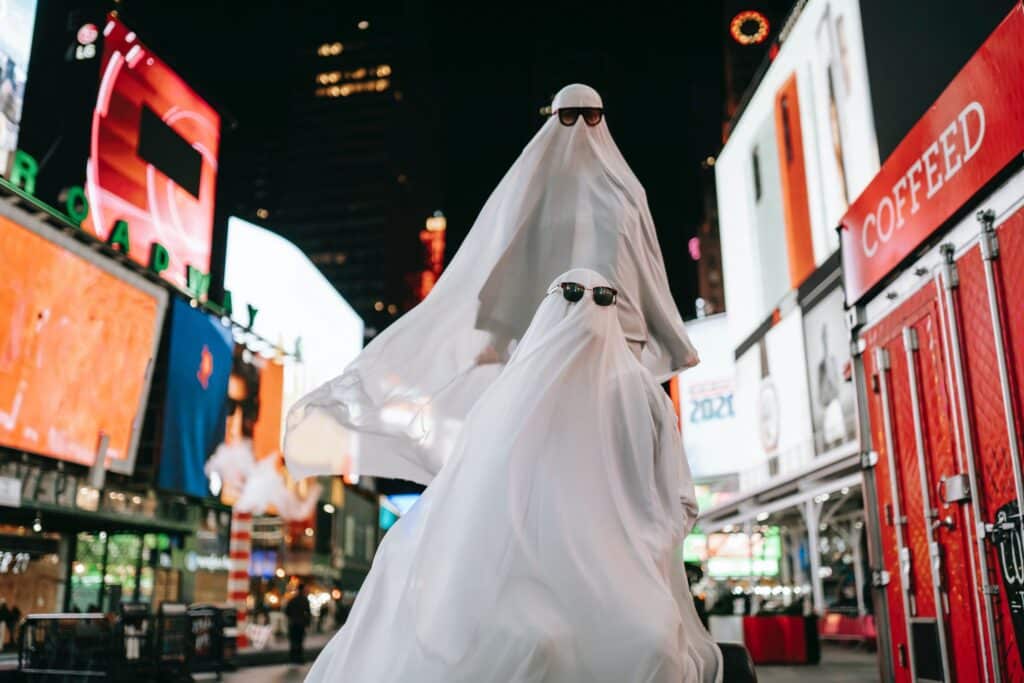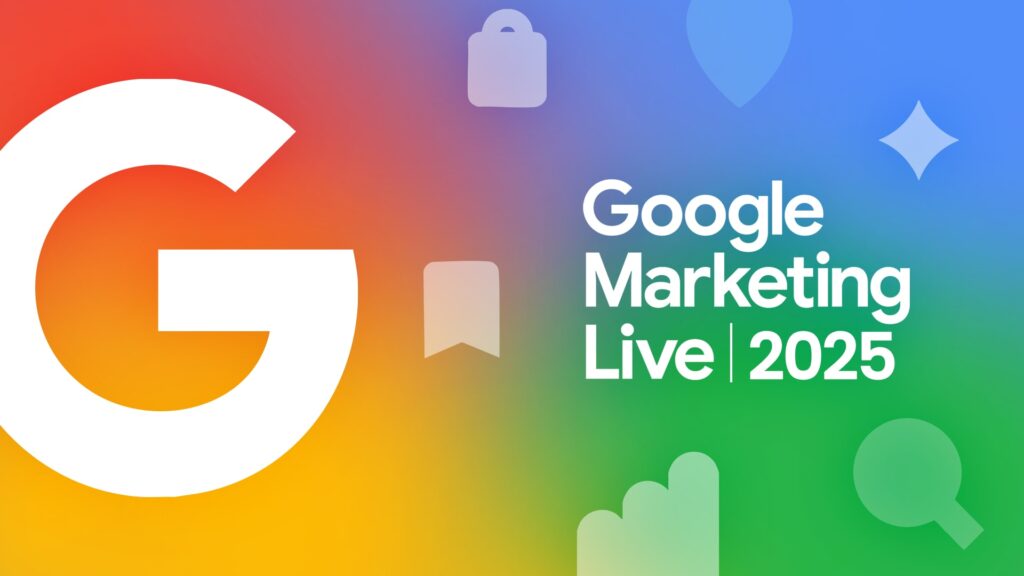
How To Do “Scary” Marketing

No, don’t recheck your calendar. While we’re still half a year away from Halloween, there’s power in “scary” marketing at any time. Horror creates a unique audience connection that can capture attention and prompt reactions. Tapping into this in your own marketing can create excitement, engagement and urgency for your brand.
Beyond just filling your advertisements with ghosts and goblins, your marketing can incorporate strategies that horror media and horror-minded marketers have long leveraged. It’s no coincidence that 1999’s “The Blair Witch Project,” which was as much marketing buzz as it was a movie, is still one of the most profitable and seen films for its budget. Wondering how to similarly thrill, grab attention and raise some pulses? Here’s how to do scary marketing on your terms.
5 Ways To Do Scary Marketing
There are shades to scary marketing, meaning yours doesn’t have to be outright horrifying to be effective (in most cases, this isn’t even preferable). Over the years, scary marketing has taken all different shapes to appeal to audiences:
- The surrealism of some 1970s Levi’s ads
- The absurdism of 2000s Skittles ads
- The creepiness of Tubi’s 2023 Super Bowl commercial
For help finding the just-right balance of frights, here are 5 different scare tactic options to consider.
1. Pair Scares With Laughs
Horror and comedy are a pairing that’s consistently popular in marketing, and for good reason. The juxtaposition of these two polar opposites allows for a lot of fun, tongue-in-cheek scenarios that can set a brand apart. Plus, comedy makes horror much more approachable and capable of having a wider audience appeal.
Notable Example: “Good Choice” Geico Commercial
This commercial takes the cliche of horror movie characters making poor decisions and cleverly makes saving money with Geico as much of a given.
2. Make Choosing Something Else Scary
Even if you don’t want to inspire fear, maybe alternatives to your products or services can. By frightening people with the negatives of opting for another option, you can playfully build trust in what you offer.
Notable Example: “Dream Vacation” Hilton Commercial
This commercial creates fear around rental options to build up Hilton’s uniformness and reliability.
3. Get Mysterious
When done correctly, a horror-informed angle can keep your audience guessing and wondering where you’re going next. Cryptic teasers, intriguing launches, surprising sales: anything that effectively uses mystery can be ideal for generating hype and interest.
Notable Example: “Smile” Guerilla Marketing Campaign
The on-brand and viral strategy for the horror movie “Smile,” involving actors with eerie smiles being in crowds at different events, was a creative way to get national news coverage and build traction on TikTok.
4. Resolve the Fear
Understandably, sometimes the best thing to do with fear is take it away. By showing and then deflating the fear or concerns your customers could have about your products, services or brand, you mitigate negativity that could be holding your business back.
Notable Example: “Strangers” AirBnB Commercial
It turns out renters aren’t so scary after all in this creative spin on how we may think of strangers in our home and what they’re really like.
5. Tell a Scary Story
Scary stories are a staple of our culture, and storytelling is key to marketing, so this can be a real winning pair-up. Do this in a way that feels genuine to your branding and voice, and you can really capture an audience that otherwise might not be as attentive.
Notable Example: “Scream” TikTok ARG Campaign
The rollout for the fifth film in the “Scream” series included an alternate reality game based around a “real person” who lived in the movie’s setting, helping to build up the world and get people invested in the new cast.
Scary Marketing Can Be Successful Marketing
When done in the right context, scariness can be the secret to giving your marketing some out-of-the-ordinary oomph. The key is ensuring your scary marketing campaign happens in a way that’s genuine to your brand and doesn’t feel out of line with your image. It’s best incorporated in the context of your goals and achieved with services that cater to your unique circumstances and needs.
Keep Reading
Discover What Drives Results

